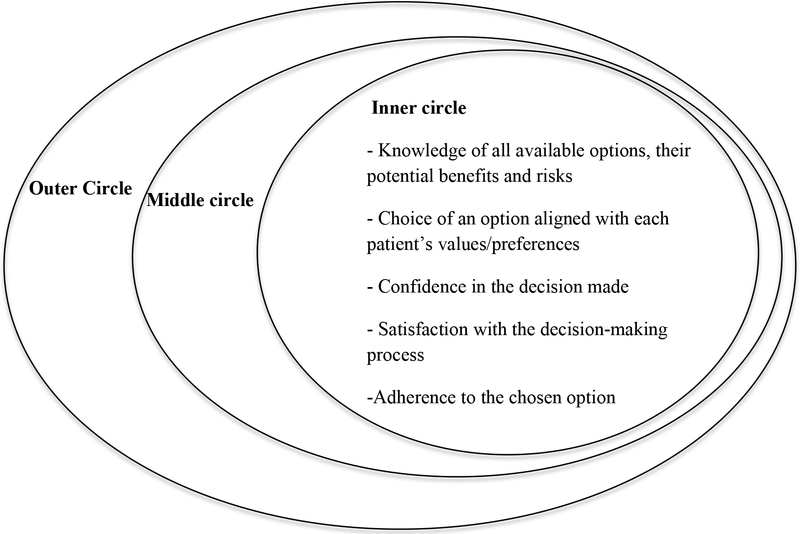FIGURE 2: REVISED DRAFT CORE OUTCOME DOMAIN SET.
Outer circle (research agenda): Outcome domains that domains that require further investigation
Middle circle: Outcome domains that are strongly recommended to measure but not mandatory
Inner circle: Outcome domains that are mandatory to measure in all clinical trials of SDM interventions
Description of the domains:
- Knowledge of all options, their potential benefits and risks:
The shared decision making intervention helps patients understand the available options and their potential benefits, risks. It also helps them to know the probabilities of benefits and risks in an accurate manner.
Knowledge of:
1. All available options (including nothing)
2. Benefits
3. Risk
- Choice of an option aligned with each patient’s values/preferences
The shared decision making intervention helps patients choose the treatment option that matches their values and preferences. It means they chose the treatment option that has the features that they value most.
- Confidence in the decision made (i.e., decisional certainty)
The shared decision making intervention helps patients feel sure they made the best decision. It means they feel confident in the decision they made. This is the opposite of decisional conflict (i.e., decisional uncertainty).
- Satisfaction with the decision-making process
The shared decision making intervention helps patients feel satisfied about the way they made the decision.
- Adherence to the chosen option
The shared decision making intervention helps patients follow through with the chosen treatment option. It means they start using the option they chose.

